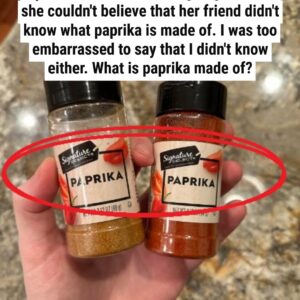Yellow or White? The Chicken Color Mystery
Ever stared at two trays of chicken in the store—one pale, one deep yellow—and wondered what’s going on? You’re not alone. Many of us have asked: does color signal freshness, flavor, or health? The truth is more interesting than you’d think.
What Chicken Color Really Means
Chicken color does reveal something, but not quality the way most people assume. White chicken usually comes from indoor, factory-farmed birds fed grains like corn, wheat, and soy. These birds grow fast, exercise little, and rarely see the outdoors. Their meat ends up pale pink or white, sometimes with a bluish tint.
Yellow chicken often comes from birds raised more naturally. Their diet—rich in corn, greens, or marigold petals—adds yellow pigment to their skin and fat through carotenoids. Think flamingos turning pink from shrimp; it’s the same principle.
Is Yellow Chicken Healthier?
Not automatically. Yellow coloring can hint at a more natural diet and better living conditions, especially if the bird is pasture-raised or free-range. This often means fewer antibiotics and a healthier fat profile.
However, some farms enhance color with supplements like lutein. That golden hue doesn’t always mean better quality—just brighter meat. Always check for labels like “pasture-raised,” “free-range,” or “organic” for assurance.
Does Color Affect Flavor?
Color itself doesn’t change taste—but it reflects lifestyle. Factory-farmed white chicken tends to be mild, lean, and slightly watery. Birds that roam freely and eat a diverse diet usually develop richer flavor, firmer muscle, and more satisfying texture.
Chicken Skin: More Than Just Aesthetic
Skin color varies from pale to golden yellow. Diet drives this variation, and culture shapes perception. In some countries, yellow skin signals freshness and flavor; in others, white skin suggests cleanliness. Both views are valid—it’s regional preference, not quality.
Free-Range vs. Pasture-Raised
Labels can be misleading. USDA “free-range” only guarantees outdoor access—how much or where isn’t specified. True pasture-raised chickens roam open fields, pecking bugs, grass, and seeds. These birds often have:
-
Higher omega-3 fatty acids
-
More vitamins A and E
-
Better muscle tone
-
Healthier fat ratios
For taste and nutrition, pasture-raised chicken usually wins—yellow hue included.
How to Pick the Best Chicken
Next time you shop:
-
Ignore color alone; it’s not a quality marker.
-
Check labels: USDA Organic, Pasture-Raised, Certified Humane.
-
Smell it: fresh chicken should not smell sour or metallic.
-
Check texture: firm is good; slimy or mushy is a warning.
-
Buy from trusted sources: farmers markets, local butchers, or stores with ethical sourcing.
The Bottom Line
Color starts the story, but living conditions, diet, and handling tell the full tale. Yellow or white, the true test is in flavor and quality. Heat your skillet, add herbs, and let your taste buds decide.





